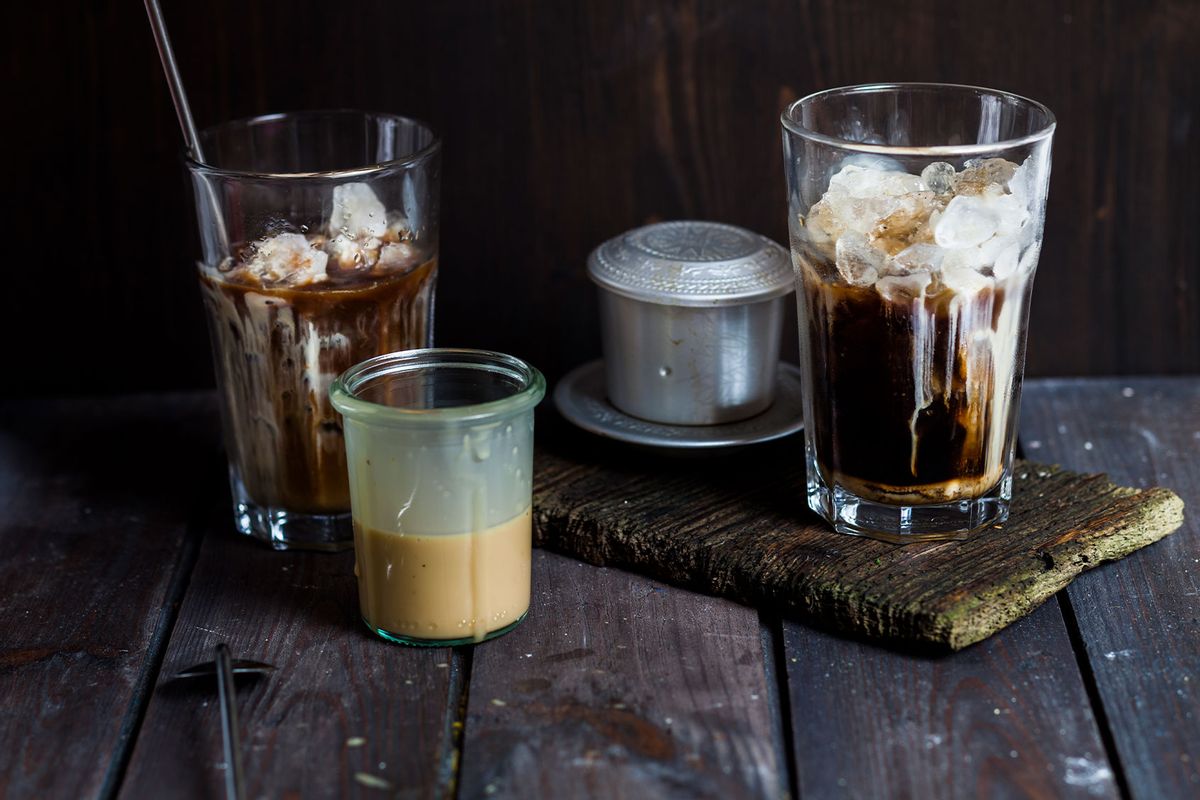“Bold and robust”: An expert’s guide to making a better Vietnamese iced coffee

Lan Ho always felt like something was missing from the coffee market.
“Coffee is harvested all over the world — South America, Africa — but I felt like not a lot of attention is paid to the people behind the beans, especially those working in Vietnam, which is the second largest producer of coffee in the world,” Ho told Salon Food. “It was really eye-opening to me that Vietnamese coffee isn’t as on the map, and I think it should be.”
That realization led Ho, a Chicago-based pharmacist, to co-found the company Fat Miilk, an artisan coffee roaster and retailer that ships nationally, with the goal of bringing Vietnamese coffee into the American mainstream.
“Not only do I want to make the coffee accessible, but I wanted to tell the story of Vietnamese coffee culture, a culture that is incredibly robust and bold and is a dominant space in the industry,” she said.
Of course, Ho said, any coffee originating in Vietnam is technically “Vietnamese coffee,” but many people — including her customers — associate it with a coffee drink you traditionally see consumed in the country, made by filtering rich, black coffee over ice and sweetened condensed milk. This iconic beverage is also one that Ho wants to bring into the spotlight.
Currently, she’s making preparations to open Fat Miilk’s first storefront in Chicago’s “Little Vietnam” neighborhood this fall, but in the meantime, Ho spoke with Salon about what goes into making a perfect Vietnamese iced coffee at home.
The coffee
Ho: “Really, what makes it ‘Vietnamese coffee’ is the origin, right? Vietnam harvests both main species of coffee, Robusta and Arabica. Ninety-seven percent of the coffee crop in Vietnam is Robusta. So, if you’re having coffee harvested from Vietnam — regardless of whether you’re having it as cà phê sữa đá or a French press or a pour-over drip — you’re having Vietnamese coffee.
Want more great food writing and recipes? Subscribe to Salon Food’s newsletter, The Bite.
“But what’s really interesting is that I essentially named my company Fat Miilk based on the drink because I feel like that’s ultimately a conversation starter, right? And when most people have Vietnamese coffee, it’s served in a very traditional way, which starts with the Vietnamese Robusta bean. It’s a bean that has two times the caffeine content compared to Arabica. It’s very bold, nutty and chocolatey, and it has a very low acidic profile. That pairs up so nicely with a little bit of sweetened condensed milk over ice.”
The gear
Ho: “The best thing about Vietnamese coffee is that it’s incredibly humble and so easy. We typically brew Vietnamese coffee using a slow-drip phin filter tool. It’s simple. The filter is filled with coffee grounds, and the hot water is poured over the grounds. It takes five minutes, six minutes for it to finish dripping, but it’s worth the wait.”
The condensed milk
Ho: “Typically, traditional sweetened condensed milk has a lot of sugar in there. I mean, that’s literally what it is: just sugar and milk. The brand that Vietnamese people have used forever is the Longevity brand. At Fat Miilk, we are actually working on our own sweetened condensed milk line to really shed some light on all the variations that are out there. We’re looking forward to being able to vertically integrate those into all our concepts and ideas, but Longevity is our go-to. It’s what my parents and grandparents use.”
Read more
about making better coffee
Salon Food writes about stuff we think you’ll like. While our editorial team independently selected these products, Salon has affiliate partnerships, so making a purchase through our links may earn us a commission.

